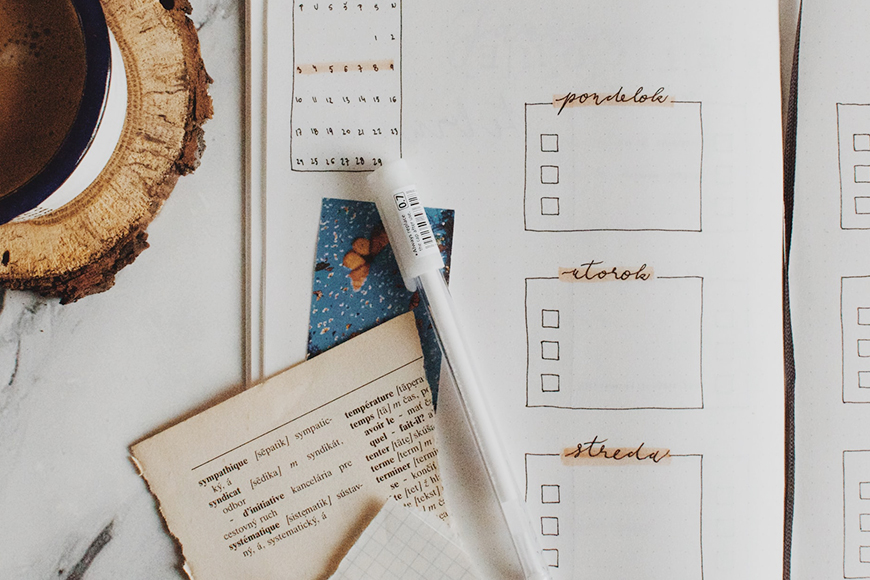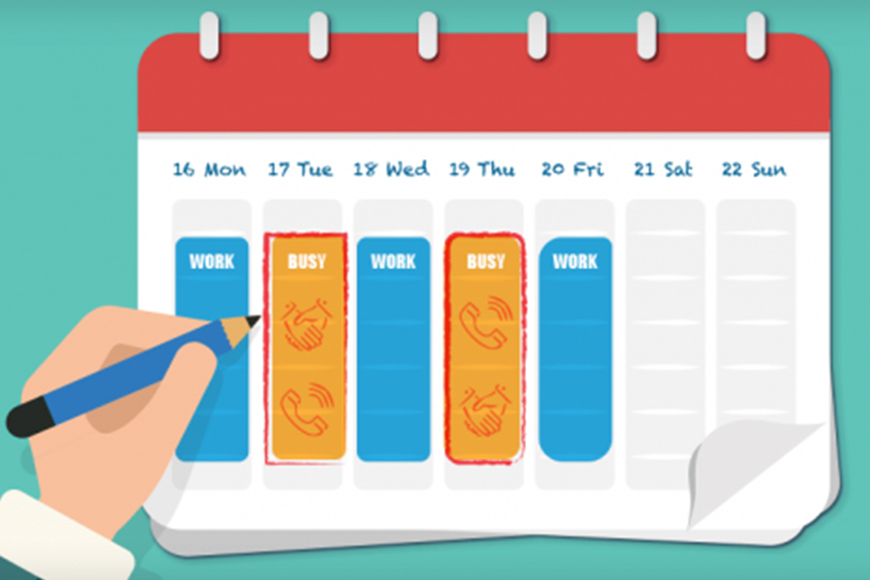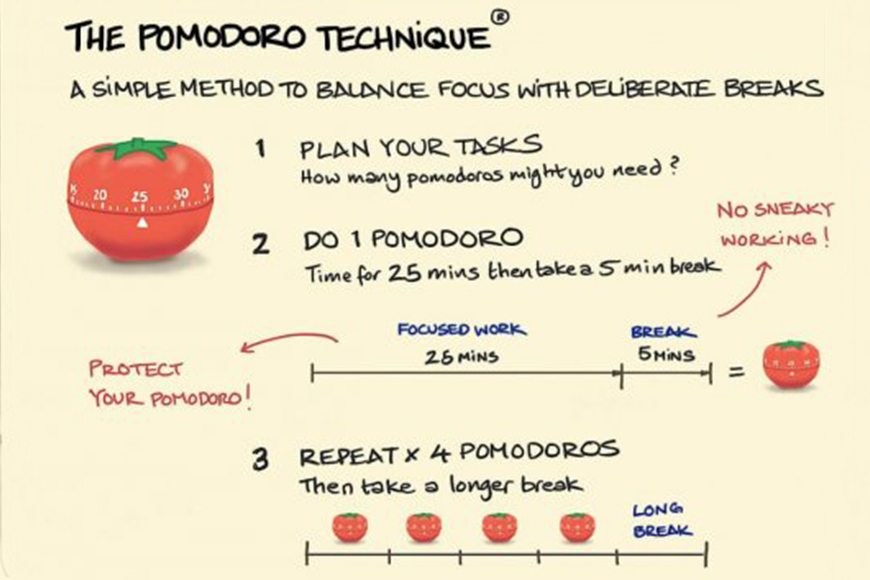
Adhering to a routine that works for you can be an effective tool in managing your time, stress, and your overall well-being. Establishing a routine takes time and effort, but it can be done effectively following these simple steps:
Step 1: Create a list
This list can include your school or work materials, your self-care activities, and social activities. It is important that you write down all of the things that you must and want to do in your day. Next, organize the list based on due dates and priorities. Make sure to take note of how long it takes to complete the task too.
Step 2: Construct a Routine
There are many different routine formats that you can follow, here are 3 types of routine formats we like to use:
To-Do Lists
To-Do lists are really great for beginners or people who dislike schedules, as they can be as detailed or structured as you would prefer and removes the anxiety of forgetting crucial things. I often have multiple lists on the go, such as daily, weekly, and seasonal bucket lists, to give me different perspectives on my time. Crossing things off your To-Do lists can also inspire a sense of accomplishment that motivates you to keep going. I like to use the handy Notes app on my iPhone or the Sticky Notes extension on Google Chrome, so I can add to my To-Do lists throughout the day.
Make sure to try to put some quicker and easier tasks on the top of your list, such as sending emails or doing chores, to help get you warmed up. I like to put the harder and lengthier tasks in the middle so that I can make sure I have enough energy and time to get to them. Also, don’t forget to add some fun things to your list, like watch a movie, to reward yourself after you complete tasks. This will also provide you with something to look forward to and make you feel less guilty about taking time for yourself when looking over your record of things done. It can be easy to binge productivity as you see things disappear off your list, so make sure to check-in with your energy levels as you go and take breaks as needed.

Time Blocking
Time blocking can help you build a routine and visualize how you spend your day by breaking it into smaller blocks of time and assigning a specific task to each block. You can do this by drawing out your routine on paper, or using a calendar app on your phone or computer. Focusing on a single task for a set amount of time and then moving on to the next one can help prevent procrastination which can stem from being overwhelmed by everything you need to do and not knowing where to start. It can also help to prevent you from spending too much time on a single task while neglecting others.
You can also use the time blocking method to support your health and wellness goals. For example, you can set aside specific times for practicing mindfulness, working out, or shopping for and cooking healthy meals. Additionally, building time to relax and have fun into your routine is important for managing your stress and leading a balanced life.

Pomodoro Technique
Pomodoro technique is a time management system that encourages people to work with the time that they have. It is also something that I use on a daily basis to get myself out of the bed and to start checking off the list of things that have to be completed within the day, including my self-care activities.
How Pomodoro technique works is that you break your work period or a portion of your day into 25-minute chunks, or Pomodoro, separated by five-minute breaks. For each Pomodoro session, you must have one goal in mind that you tell yourself to accomplish by the end of the session. For example, for one Pomodoro session, you can set a goal of completing the next 5 pages of your readings or, writing a journal about your day. The idea behind the Pomodoro technique is that by breaking up your day into smaller sessions with each centred around a goal, you can make the most use of your time available.
One thing that I personally have noticed is that oftentimes, it is hard to get back into doing work after a 5-minute break. In that case, I recommend you to search and play any “Pomodoro technique 25 minutes” videos on YouTube and follow their timer. It is an easy way to keep track of your time and to adhere to the 5-minute breaks.

Step 3: Reflect and Repeat!
Constructing a routine requires constant self-reflection and improvement. As your day goes on, you may need to make adjustments as things pop up. Make sure to also ask yourself if your routine is working for you or if it is causing you additional stress. Remember, building a routine is a skill that needs to be developed and practiced. As you get better at it, your ability to allocate time to tasks and your focus will improve. Starting is the hardest step, but maintaining the habit will reap many rewards.
Beyond the Blog
-
Follow SFU Health and Counselling services on social media such as their Facebook, Instagram, and Twitter pages
-
Although campuses are closed for courses, SFU Health and Counselling is still open. Check out the events, workshops and supports they are offering students this semester














